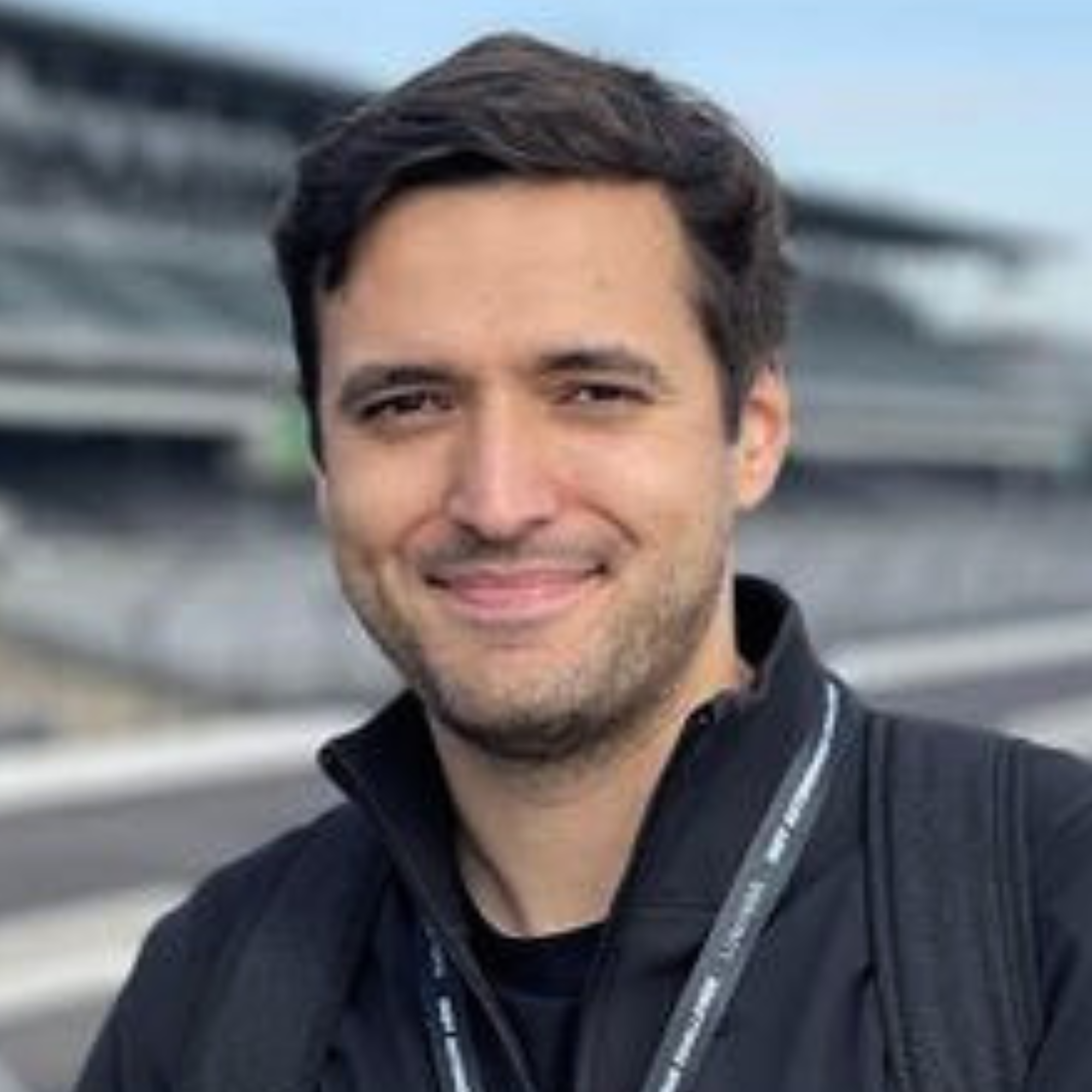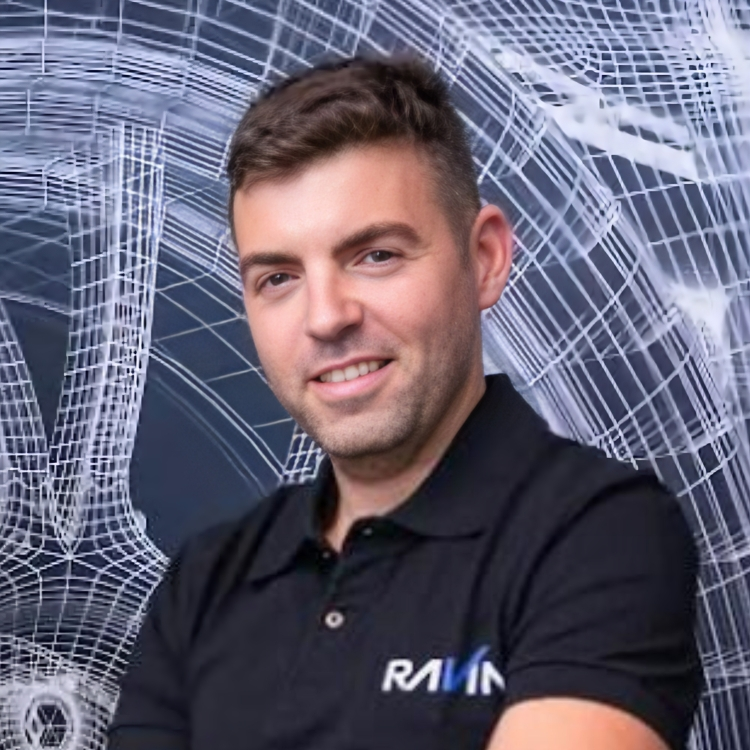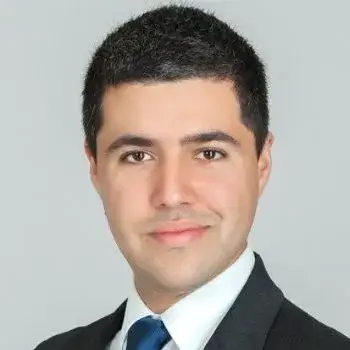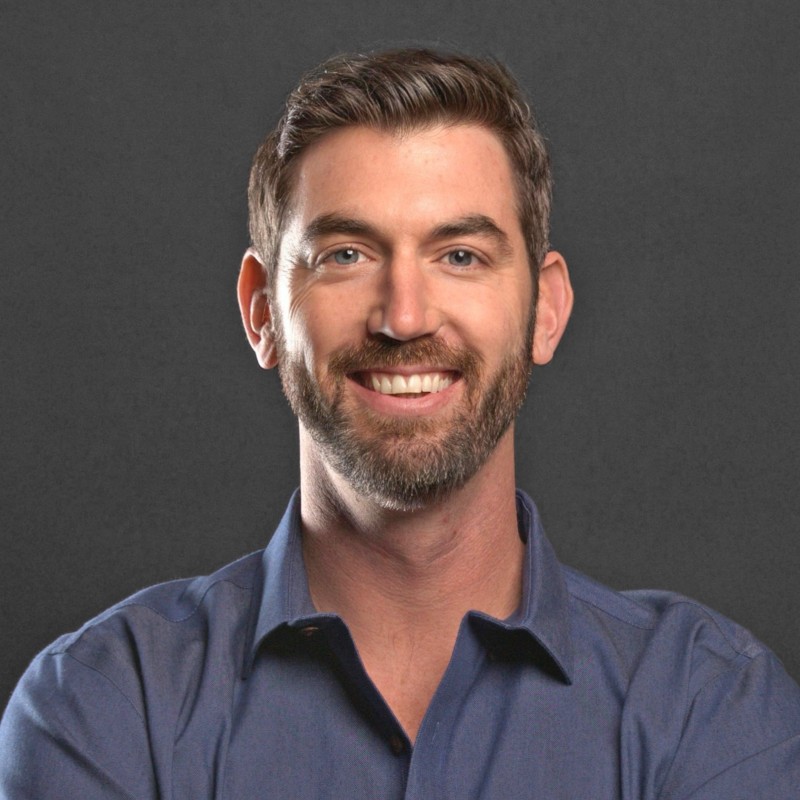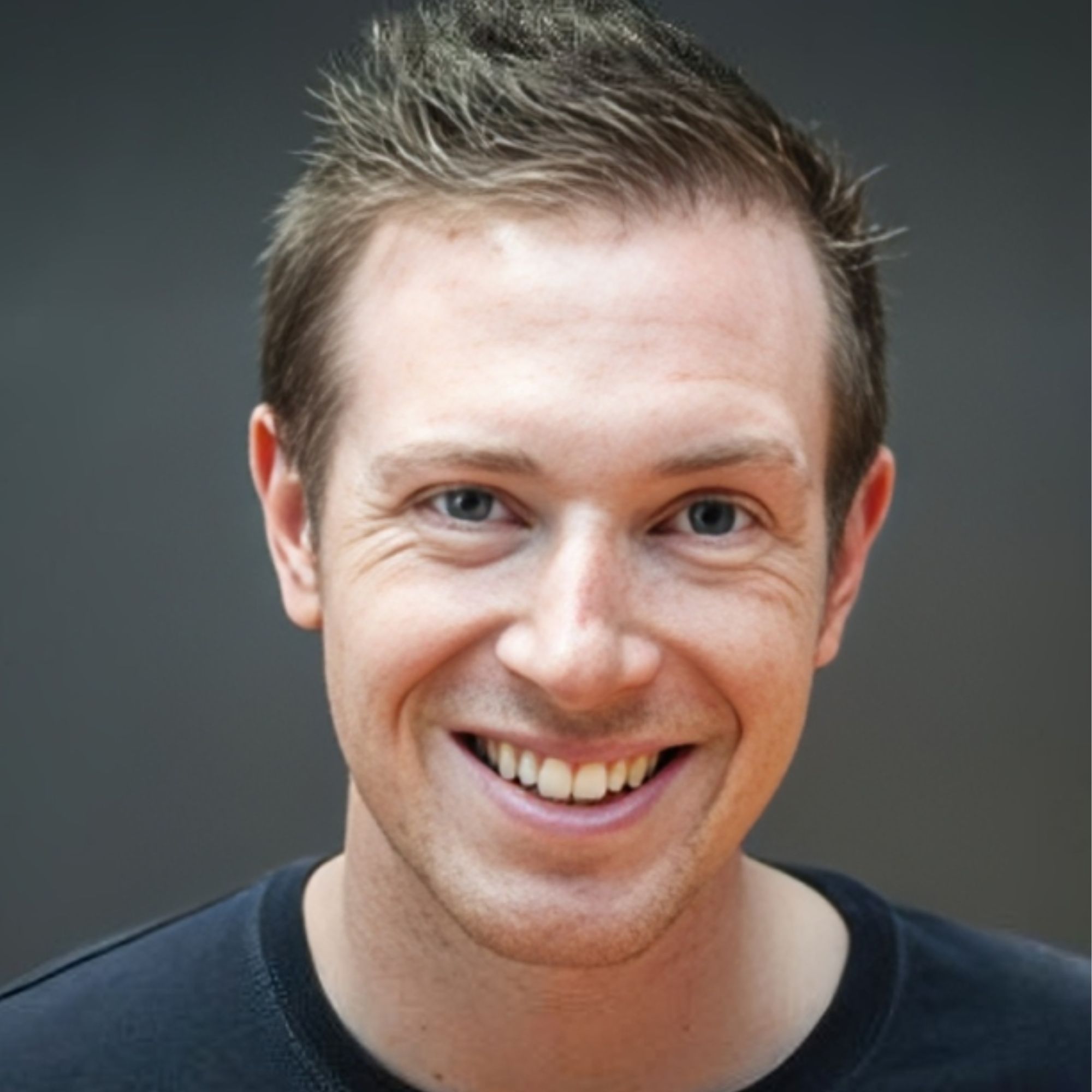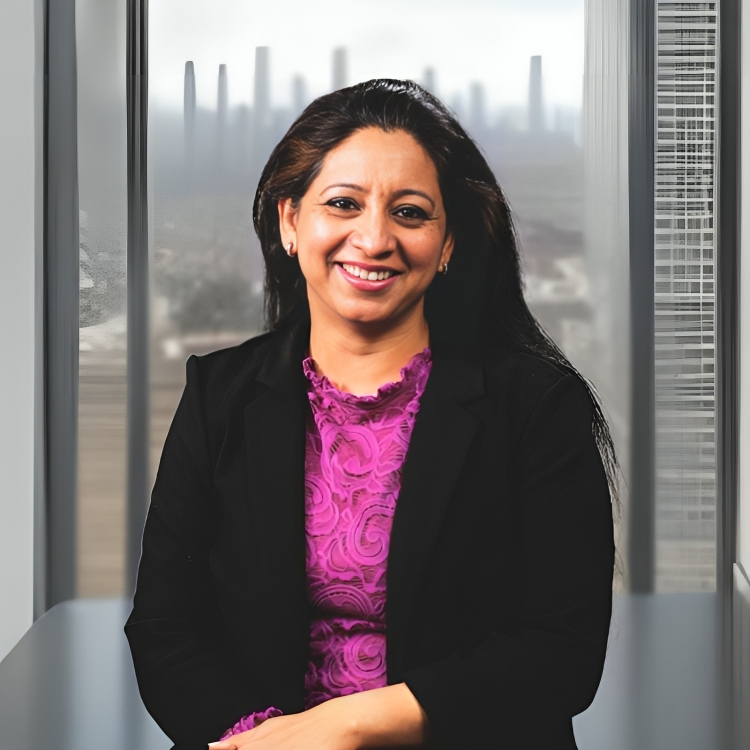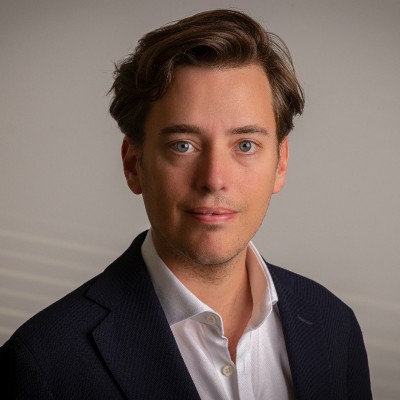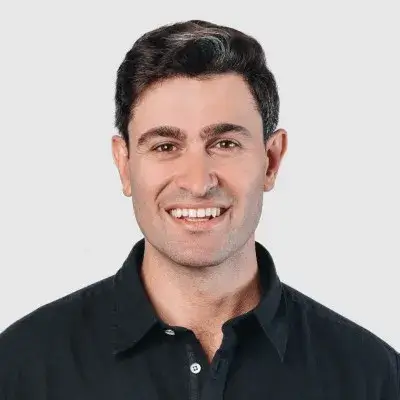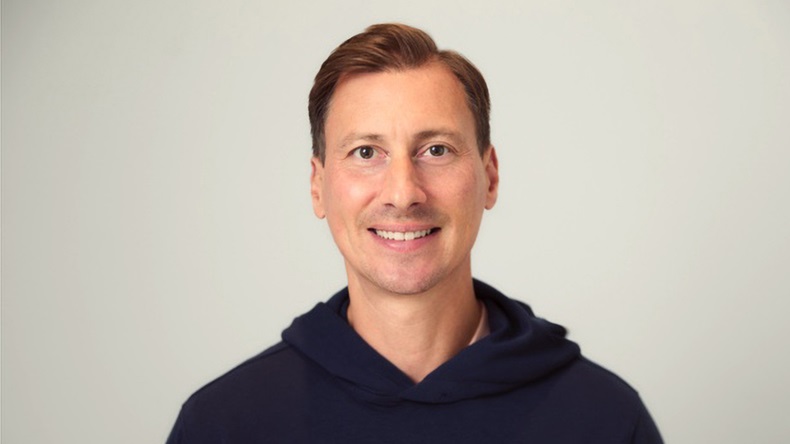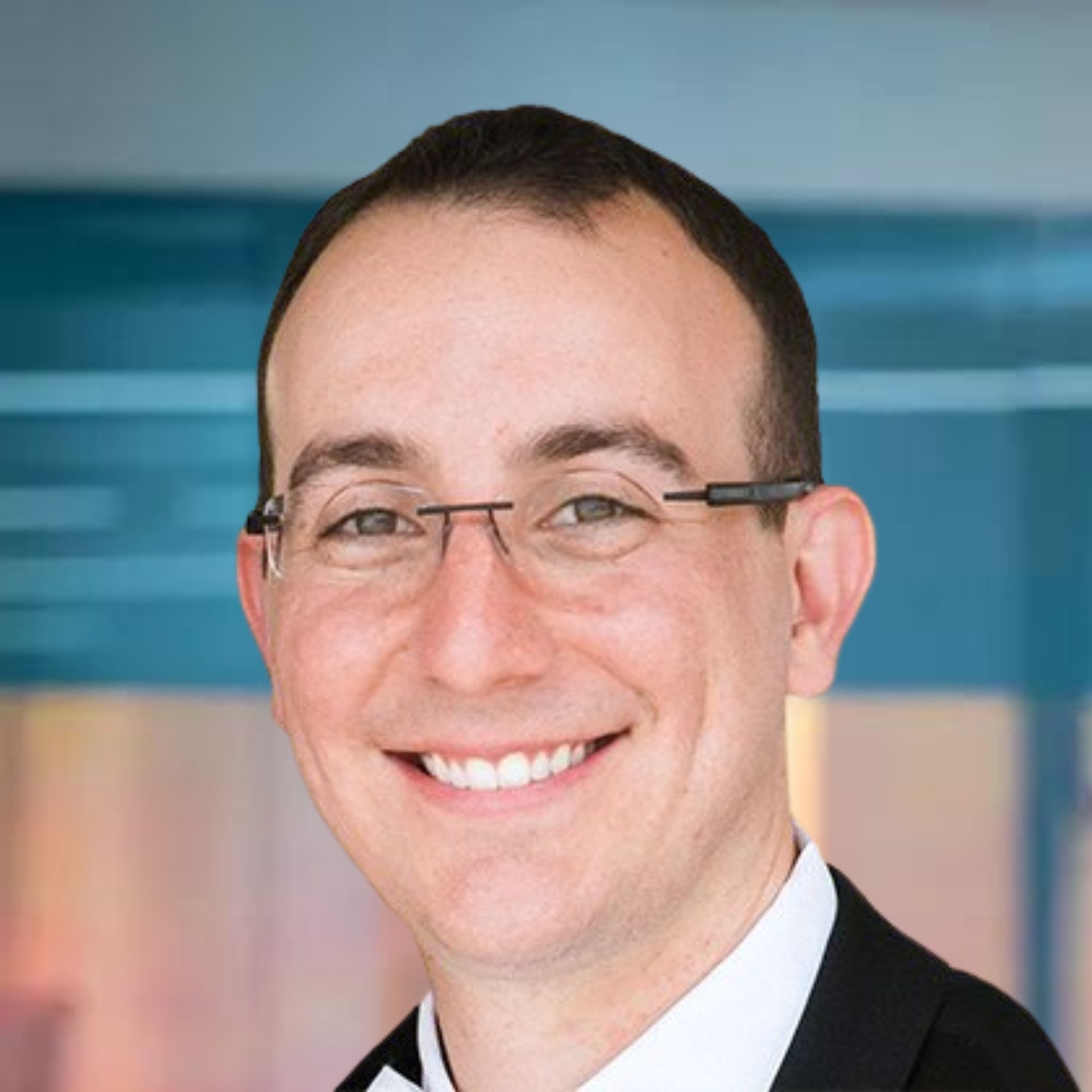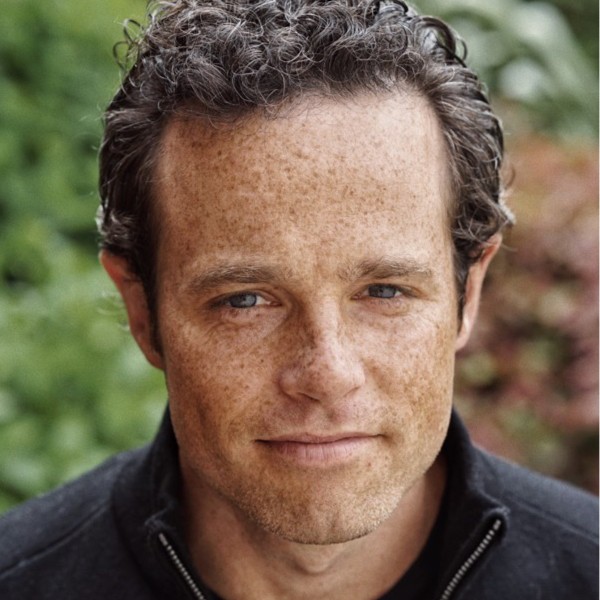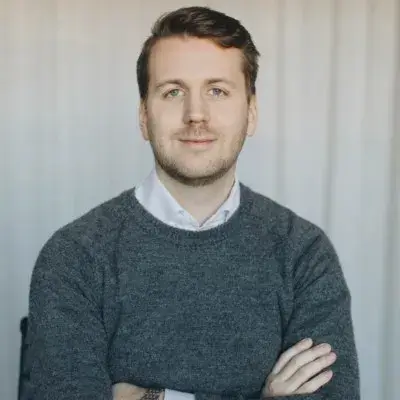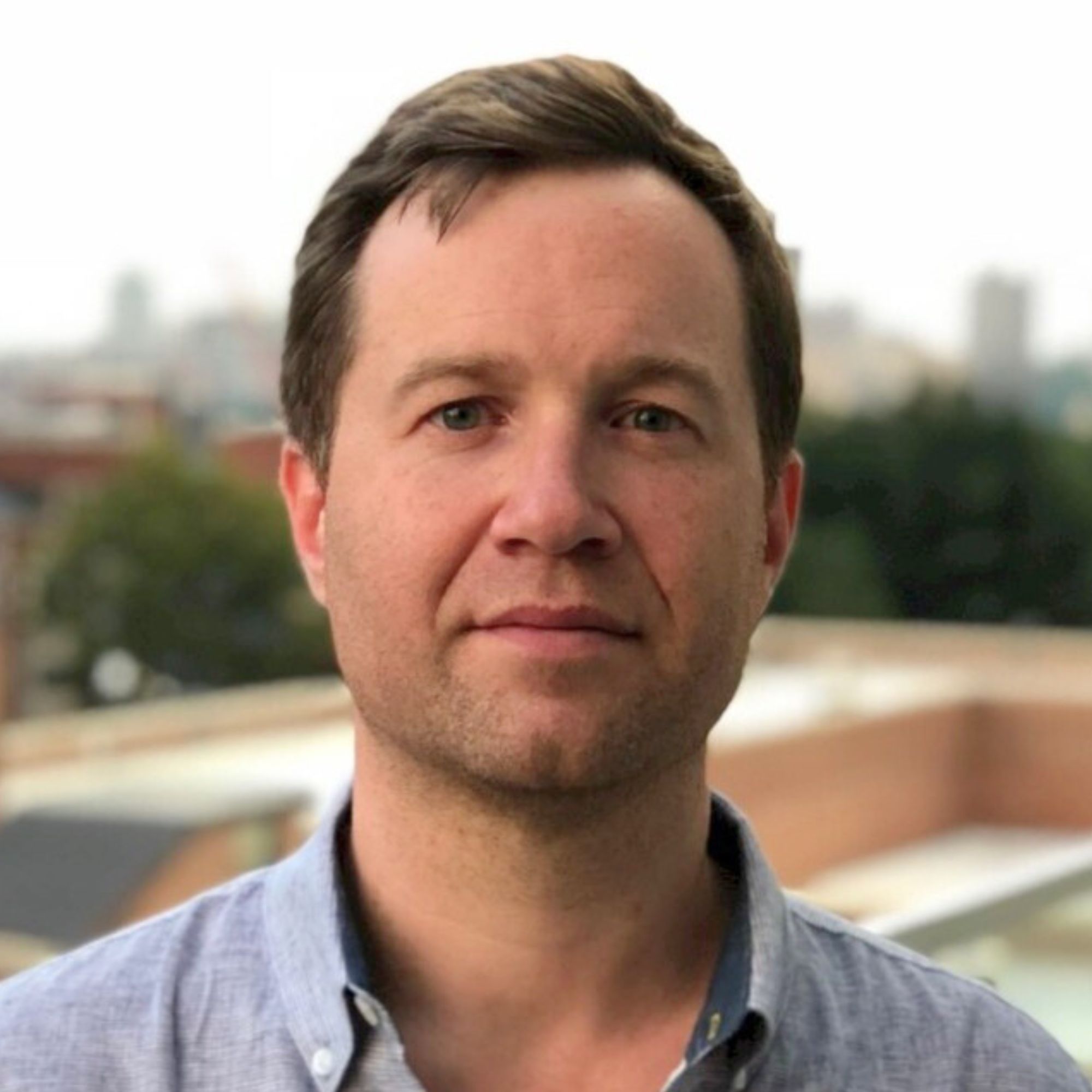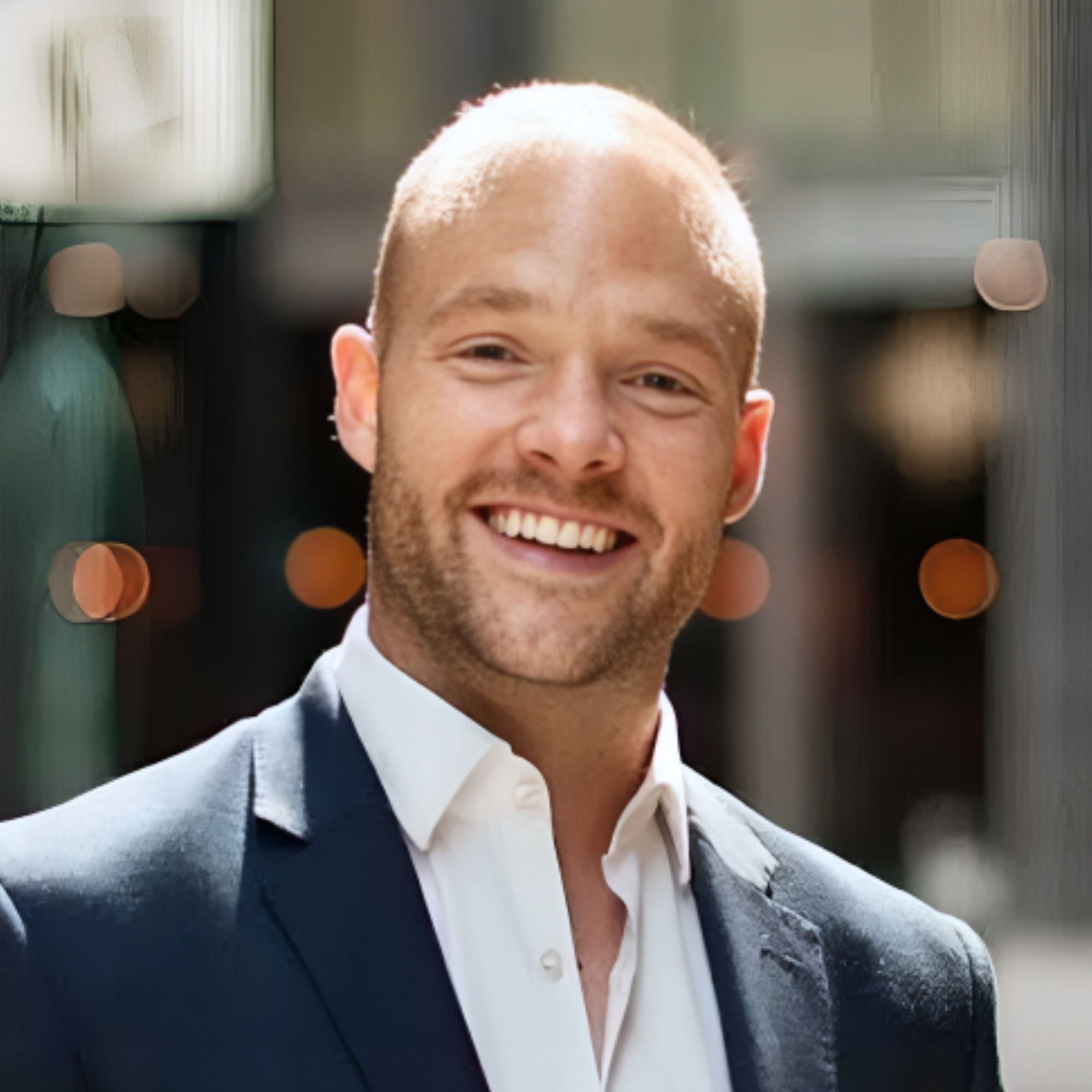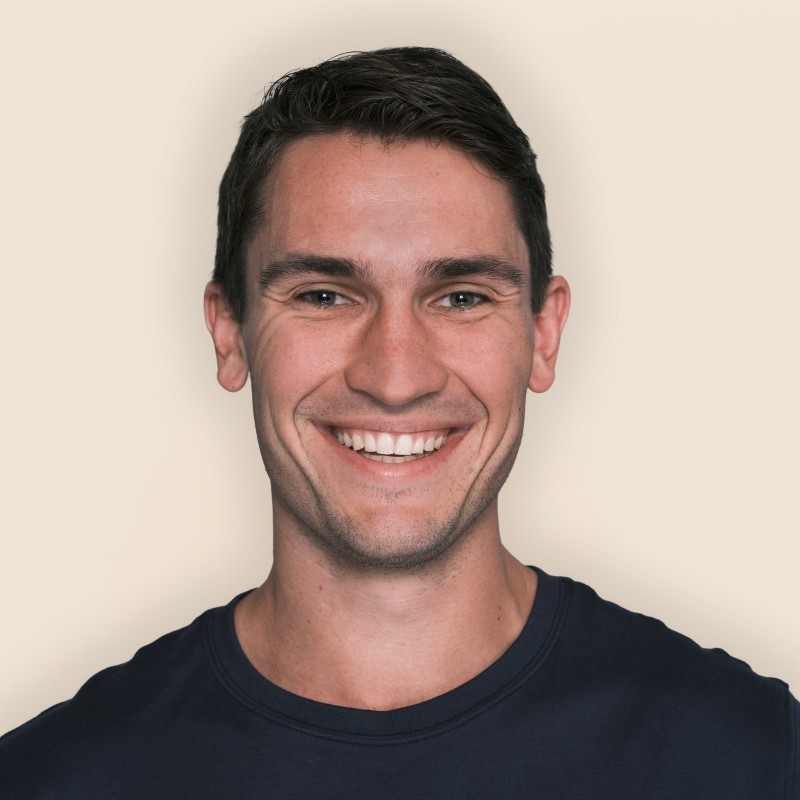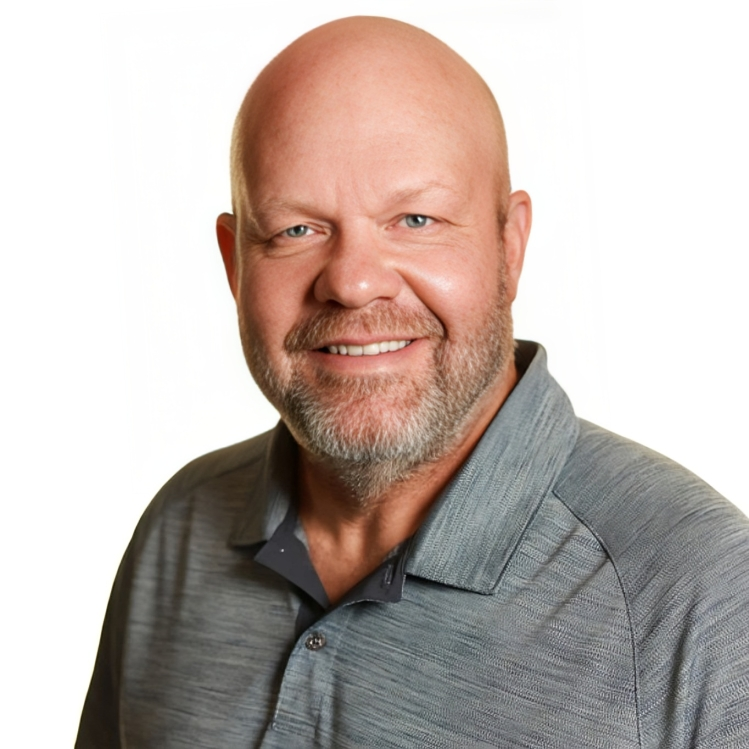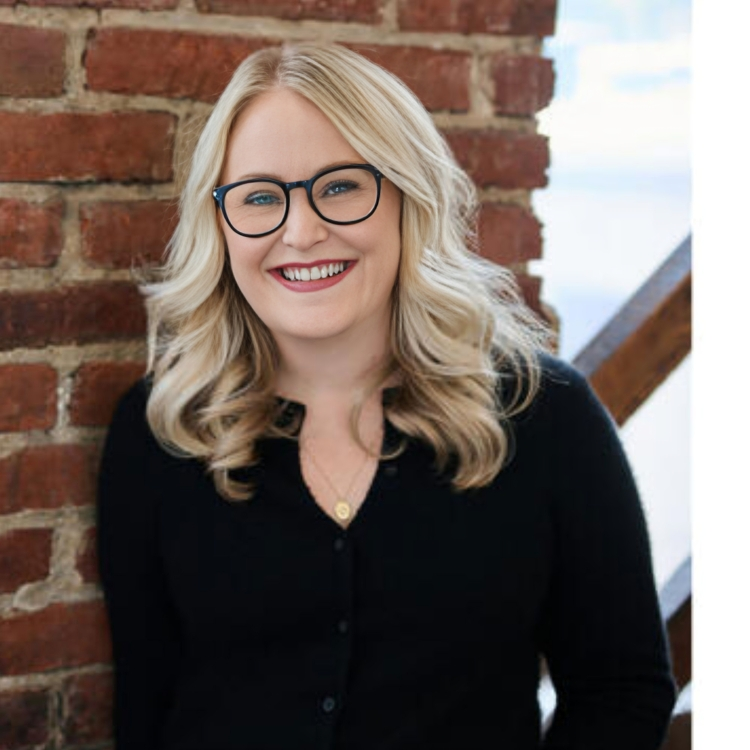Ready to launch your own podcast? Book a strategy call.
Frontlines.io | Where B2B Founders Talk GTM.
Strategic Communications Advisory For Visionary Founders
Conversation
Highlights
In 1999, when most businesses still relied on fax machines and dial-up internet, Harry Croydon decided to sell something that barely existed: cyber insurance. “Back then we called it insuring the Internet,” Harry recalls with a laugh. His first venture survived both the dot-com crash and 9/11 by following one critical principle: “Being there is more important than spending all the money quickly.”
Two decades later, that lesson would prove invaluable when Harry co-founded MIC Global, an embedded microinsurance company that has raised $13 million to reimagine insurance for the digital economy. But the path from idea to execution revealed how even experienced founders must sometimes rebuild their entire business model to solve customer problems.
The Pivot Point
MIC Global’s initial strategy seemed straightforward: find customers who needed insurance, connect them with major carriers like AIG and Munich Re, and earn broker fees. But after six months of pitching projects worth millions in premiums, they hit an unexpected wall.
“Despite having that work and despite having those projects and the clients wanting to do it, it took us a long time to get those companies to basically say no,” Harry explains. The deals were deemed too small or too difficult, leading to a crucial realization: the traditional broker model wouldn’t work for their vision.
Instead of accepting defeat, MIC Global made a radical pivot. “We started to turn ourselves into an insurance company… so that we could actually say to the client, yes, we can do this. We’ve got the capacity, the ability as an insurer to do it.”
Building for the Platform Economy
This transformation was driven by a clear insight about their target market. As Harry notes, “If you work with a lot of these platform companies… they get global very quickly.” Traditional insurance companies weren’t equipped to serve businesses that needed coverage by the mile, by the project, or across multiple countries within months.
The solution? Build a global infrastructure from day one. “We felt that there wasn’t an insurance solution to sort of service that sort of company,” Harry explains. “So we’ve kind of built it into that type of company in those years and get that moving so that we can actually respond to these global clients.”
The Power of Embedded Distribution
Rather than pushing traditional insurance products through conventional channels, MIC Global developed a new approach: embedding simple, relevant insurance products directly into customer purchase flows.
“We position our product in that sales flow,” Harry explains, using rent protection as an example. “When they come to sort of agree to pay fifteen hundred dollars a month for their rent, then we can also cover them for their loss of… if they lose their job, we can cover them for $1,500 a month for three or four months as well for a premium.”
This embedded approach solves a fundamental distribution problem: “They don’t have to think about it by going to a broker or going somewhere else. You know, it’s all within that sort of flow to buy the insurance.”
Multi-Channel Strategy for Global Scale
Instead of relying solely on direct sales or broker relationships, MIC Global developed a multi-channel strategy. “From my point of view always is keeping that kind of broader multi-channel process open rather than just saying ‘right, we’re just going to focus on brokers in America,'” Harry shares.
This approach includes partnerships with insurance companies worldwide, creating a network that can support global platform businesses. As Harry explains, “We can actually go to that network and help place business around the world for that platform company.”
The Future of Insurance Tech
Looking ahead, Harry sees technology becoming increasingly crucial for insurance innovation. “The old word AI and all that stuff getting embedded into our systems, you know, especially around claims management, customer service, fraud management and kind of the customer journey.”
But his most important advice for founders building insurance technology? “Don’t just think you know how the insurance industry works and you can solve their problems… You need to find a need first.” Sometimes, solving that need means becoming the solution you wish existed.
The path from cyber insurance pioneer to embedded insurance innovator reveals a crucial lesson for B2B founders: when market infrastructure doesn’t support your vision, build it yourself.
Actionable
Takeaways
Plan for Extended Timelines:
Harry emphasized the importance of runway management: "Things do take longer than you think... being there is more important than spending all the money quickly." Even when things are going well, founders should continuously work to extend their runway until reaching cash flow positivity.
Adapt Your Business Model:
MIC Global initially planned to operate as a broker but pivoted to becoming an insurance company when they identified market friction. As Harry explained, "We started to turn ourselves into an insurance company... so that we could actually say to the client, yes, we can do this." Sometimes solving customer problems requires fundamental business model changes.
Build Global Infrastructure Early:
Platform companies can scale globally very quickly. Harry noted, "If you work with a lot of these platform companies... they get global very quickly." MIC Global structured their business to support international expansion from day one, allowing them to serve rapidly scaling customers.
Choose Distribution Channels Strategically:
Rather than building a large direct sales force, MIC Global opted for a multi-channel approach through brokers and insurance partners. Harry shared, "We've always thought we would be a B2B player. We would sell through brokers and sell through partners and not going direct. And that still stands today."
Focus on Relevant, Simple Products:
For embedded insurance to work, products must be straightforward and contextual. As Harry described, "To do that, you need a very relevant and very simple product to sell and position there. And it allows the customer to pull that product along with what they want, rather than the insurance company pushing it down."

